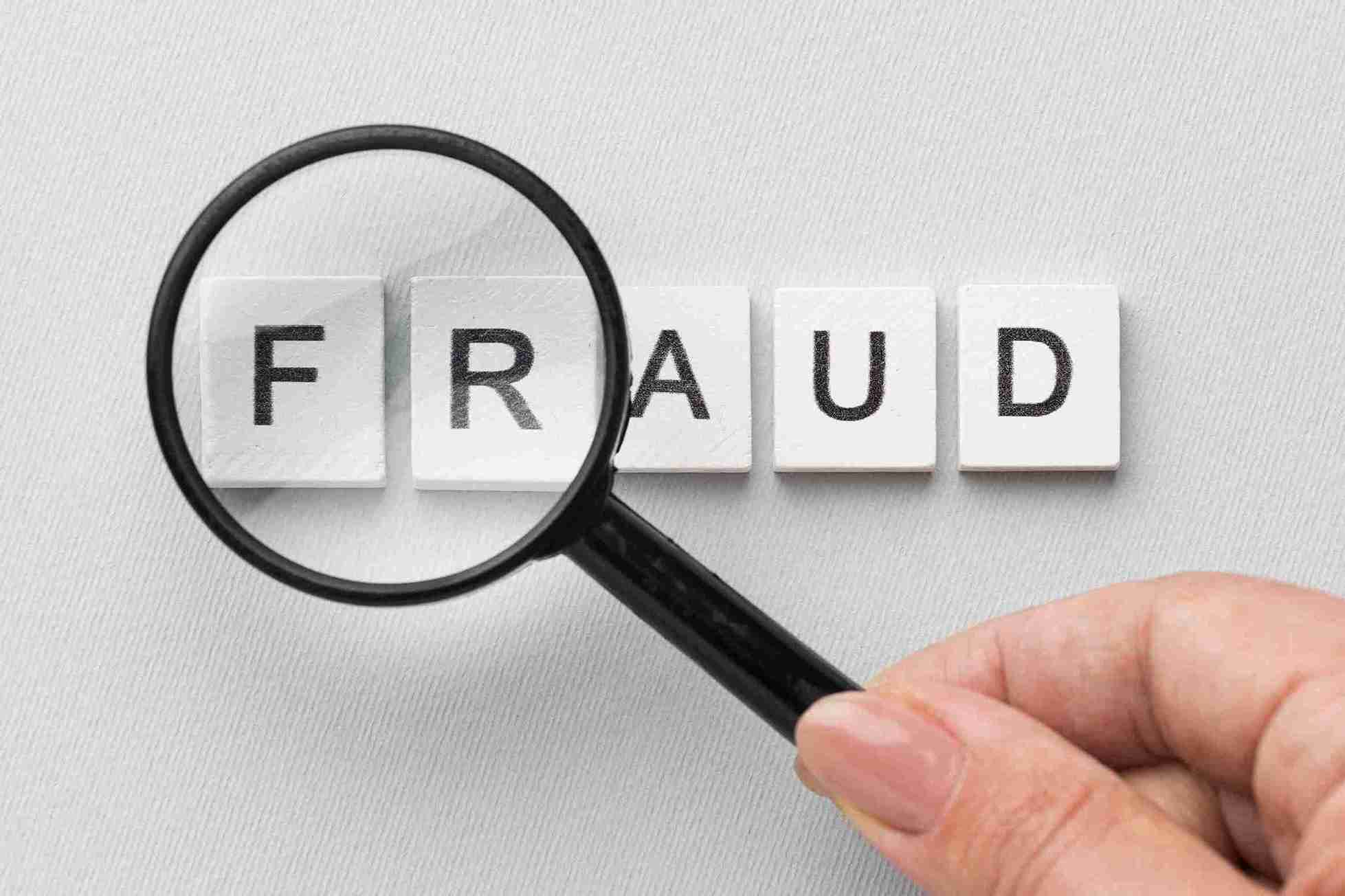 SHARE
SHARE
10 Effective Cost Control Strategies to Keep Restaurant Operational Expenses in Check
Sovia
In the world of business, keeping expenses under control is key to maintaining profitability.
Cost control is a strategic process to manage and monitor costs so they don’t exceed the budget.
Cost control isn’t just for large corporations, it’s equally crucial in the F&B industry, including restaurants.
In restaurants, profit margins are often razor-thin. Without proper cost control, businesses can incur losses even with high revenue.
That’s why implementing restaurant-specific cost control strategies is essential for operational efficiency.
This article explores 10 practical cost control strategies to help you keep operational costs in check and maximize profits. Let’s dive in!
The Crucial Role of Cost Control in Business Operations
Cost control is an essential strategy to ensure business spending remains efficient and within budget.
In simple terms, it involves comparing actual expenses with a pre-set budget. If discrepancies are found, businesses can quickly take corrective action to maintain financial health.
Cost control isn’t just about cutting expenses. It’s also about maintaining stable profits while ensuring all operational activities run effectively.
That’s why many businesses make it a core part of their financial planning and evaluation process.
The responsibilities of cost control cover a wide range of tasks, from managing and reviewing inventory, ensuring accurate transaction records, to preparing budget vs. actual expense reports.
Cost control staff play a vital role in monitoring spending and improving efficiency.
In industries like F&B and hospitality, cost control is even more critical.
For example, restaurant cost controllers ensure that ingredients are used efficiently without waste, while hotel cost controllers oversee all operational costs, from the kitchen to housekeeping.
With a strong cost control system, businesses can stay profitable despite fluctuating prices and high operational demands.
Read more: 5 Best Inventory Valuation Methods to Optimize Your Business!
10 Cost Control Strategies for Restaurants
Source: freepik.com
Uncontrolled operational costs can be a major reason for declining profits in restaurants.
But don’t worry, there are many effective ways to manage costs without compromising quality.
Here are 10 actionable cost control strategies you can implement:
1. Leverage Data
Data-driven decision-making helps you manage costs more accurately. Data can reveal spending trends, sales patterns, and potential inefficiencies.
When teams are accustomed to using data, workflows become more efficient and focused.
2. Manage Inventory Carefully
Inventory management isn’t just about knowing stock levels, it’s about ensuring nothing goes to waste.
A well-organized inventory system prevents overbuying, detects perishable items, and aligns purchasing with actual needs.
3. Track Daily CoGS
Monitor your Cost of Goods Sold (CoGS) daily instead of weekly.
Daily tracking helps you identify unusual cost spikes quickly, allowing you to take action before your profit margins are affected.
4. Forecast Sales Accurately
Analyzing sales trends over time helps you anticipate future demand.
With accurate planning, you can avoid over-prepping in the kitchen and adjust stock and labor needs accordingly.
5. Minimize Waste
Waste often occurs when ingredients are overordered or not aligned with actual demand.
By reviewing past sales and inventory data, you can make more precise purchasing decisions. Always buy ingredients carefully to reduce spoilage.
6. Calculate Recipe Costs
Knowing the exact cost of each menu item helps you set profitable yet reasonable selling prices.
This also helps you identify which dishes are too costly to produce or require excessive ingredients.
7. Evaluate and Adjust Menu Prices
Ingredient prices and consumer trends change over time. Regularly review your menu prices to ensure a healthy balance between value, production cost, and profit margin.
This is also a great opportunity to develop more cost-efficient menu items.
8. Compare Theoretical vs. Actual Costs
What you should be spending and what you actually spend may differ.
These variances can point to over-portioning, processing errors, or ingredient losses. Monitoring these gaps helps improve internal systems.
9. Involve the Kitchen Team
Cost control isn’t just a manager’s job. The entire kitchen team should be involved.
Ensure they understand FIFO (First-In, First-Out), proper portioning, and waste prevention.
Regular training helps embed these practices into the daily workflow.
10. Review Vendor Prices and Contracts
Vendor prices can change without notice. That’s why it’s important to routinely check that billed prices align with contract terms.
This ensures you only pay what was agreed upon and avoid unexpected extra charges.
Read more: Get to Know 3 Types of Margins and How to Calculate Them
FAQ: Cost Control Strategies for Restaurants
1. What is cost control and why is it important for restaurants?
Cost control means managing and monitoring your expenses so they don’t go over budget.
In the restaurant business, where profit margins are usually small (around 10%), good cost control helps keep the business profitable—even when costs go up.
2. What happens if a restaurant doesn’t apply cost control?
Without cost control, you risk wasting ingredients, overspending, losing profit, and running an inefficient kitchen or staff schedule.
3. What are the most effective cost control strategies?
- Track your daily food cost (CoGS) to catch issues early
- Manage inventory properly to avoid overstock and waste
- Use sales data to forecast how much to prepare
- Calculate the cost of each recipe to set the right menu price
- Review menu prices and supplier costs regularly.
4. Who is responsible for cost control in a restaurant?
It’s not just the manager’s job—everyone on the team should be involved, especially the kitchen staff. They should understand portion control, FIFO (first in, first out), and how to avoid waste.
5. How can technology help with cost control?
Using a system like ESB Core helps automate inventory, calculate food costs, track multi-branch operations, and give you real-time financial reports—all in one place.
Conclusion
Cost control is the foundation of a healthy, sustainable restaurant operation.
By understanding the role of cost control staff, applying strategic measures, and using data intelligently, restaurants can reduce waste and increase profitability.
Now is the time to implement digital solutions that simplify cost control processes.
Use ESB Core, an ERP system that automates business processes, from inventory management and cost of goods sold, to inter-branch stock movements and comprehensive financial reporting.
Monitor your restaurant’s performance in real time, from anywhere, and make data-driven decisions with confidence.
Contact the ESB team today and empower your business with ESB Core!
 SHARE
SHARE




